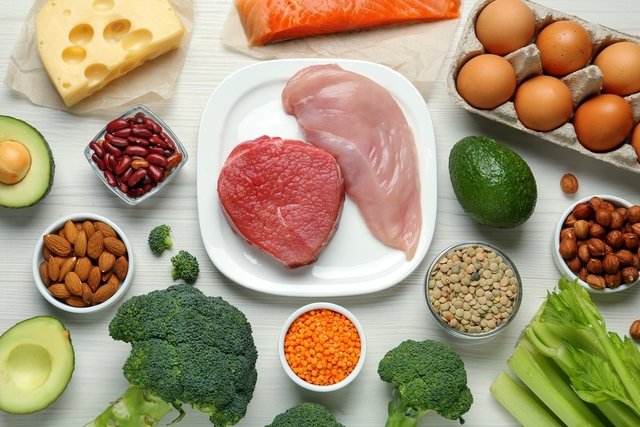Lysine is a very important amino acid for the body, as it has antiviral action that helps fight virus infections and also facilitates the absorption of calcium. However, this amino acid is not produced by the human body, which means it needs to be ingested through food.
Foods rich in lysine are mainly milk, soy and meat. Consuming this type of food is especially recommended for people with herpes, because it helps reduce the replication of the virus. herpes simplexreducing its recurrence, severity and recovery time.
The lysine found in food may not be sufficient for the treatment of viral infections or the prevention of osteoporosis, for example, and, therefore, supplementation of this amino acid may be recommended according to the objective of the treatment.

What is lysine used for?
Lysine is used for:
- Fight virus infectionslike herpes, as it has antiviral properties;
- Aid in the treatment of osteoporosisas it helps increase calcium absorption;
- Help with child development of bones and musclesas it participates in the activity of growth hormone.
Lysine is also a component of the drug ketoprofen lysinate, which is indicated for diseases such as osteoarthritis, periarthritis, arthritis, rheumatoid arthritis, gout, acute joint rheumatism, low back pain, tendonitis, neuritis, muscle strain, contusion, also providing pain relief in dental surgeries, menstrual cramps, orthopedic surgery and other traumatic and post-operative conditions.
Foods rich in lysine
The table below indicates the amount of lysine in 100 g of each food:
As lysine is an amino acid that our body cannot produce, it is recommended to consume this amino acid through food.
Recommended daily amount
The recommended daily amount of lysine is approximately 30 mg per kg of body weight. A 70 kg adult needs to consume around 2100 mg of lysine per day, for example.
Lysine can be easily obtained by eating protein-rich foods. However, depending on the diet, the amount may not be sufficient, in which case supplementation with this amino acid may be recommended.
In the case of using a lysine supplement to help treat herpes, 500 mg per day may be recommended to suppress the virus, or 1000 to 6000 mg per day in cases of recurrent herpes.
Bibliography
- MAILOO, Venthan; RAMPES, Sanketh. Lysine for Herpes Simplex Prophylaxis: A Review of the Evidence. Integrative Medicine. Vol.16. 3.ed; 42-46, 2017
- JOHNS HOPKINS HEALTHCARE. Lysine. Available at: <https://johnshopkinshealthcare.staywellsolutionsonline.com/Wellness/Smoking/19,Lysine>. Accessed on May 18, 2022
- UNITED STATES DEPARTMENT OF AGRICULTURE. Food Data Central. Available at: <https://fdc.nal.usda.gov/ndb/search/list>. Accessed on May 19, 2022
- MOUNT SINAI. Lysine. Available at: <https://www.mountsinai.org/health-library/supplement/lysine>. Accessed on May 18, 2022

Sign up for our newsletter and stay up to date with exclusive news
that can transform your routine!
Warning: Undefined array key "title" in /home/storelat/public_html/wp-content/plugins/link-whisper-premium/templates/frontend/related-posts.php on line 12
Warning: Undefined array key "title_tag" in /home/storelat/public_html/wp-content/plugins/link-whisper-premium/templates/frontend/related-posts.php on line 13




